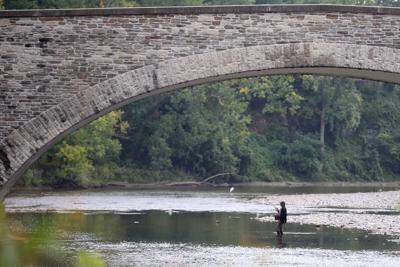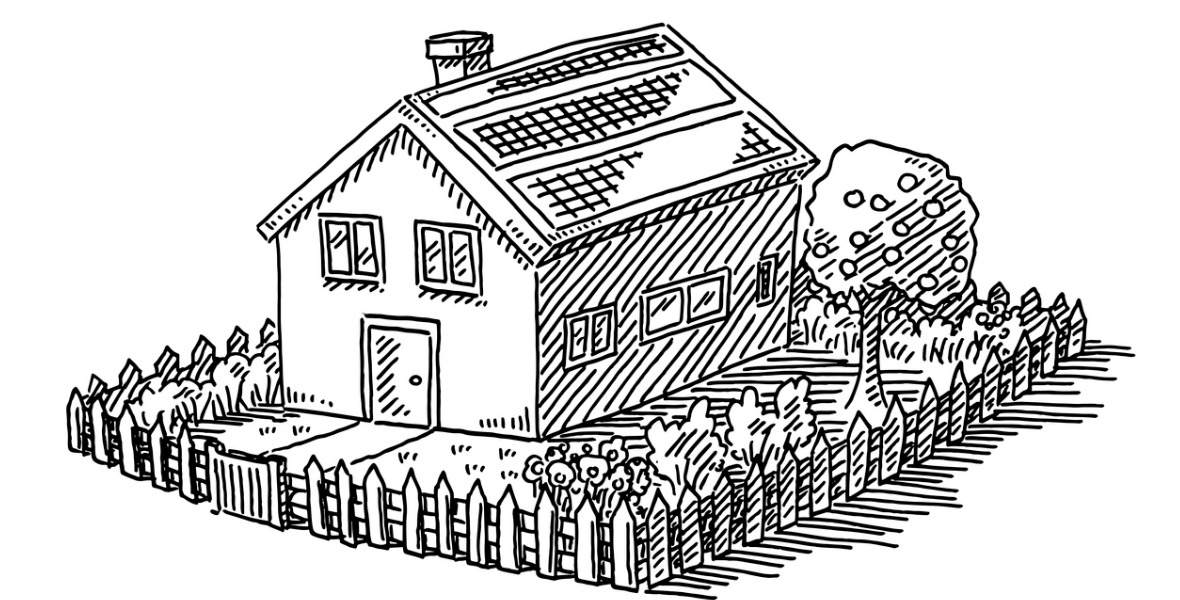Pawel Kosicki and Megan Munro found they didn’t, and a judge ruled an individual can’t acquire ownership by encroaching on public land, says Bob Aaron.
When Pawel Kosicki and Megan Munro discovered they did not own their backyard, I imagine it spoiled their day and then some.
They live on Lundy Ave. in Toronto’s west end adjacent to Étienne Brûlé Park, which runs along the Humber River.

Enjoying the Humber River near Étienne Brûlé Park.
Vince Talotta / Toronto Star file photo
Sometime between 1958 and 1971, the then-owners of the Kosicki-and-Munro property enlarged their yard by erecting a fence around a huge piece of land they did not own. That land, consisting of more than 3,673 square feet, was expropriated in 1971 and belongs to the city of Toronto.
Kosicki and Munro bought their house in 2017 and paid taxes on the backyard area which they didn’t own. The city accepted payment of the taxes until 2020.
In 2021, they discovered they didn’t own their backyard and asked the city if they could buy it. There is a city policy discouraging the sale of green space lands, which, in this case, could be used as an access point to Étienne Brûlé Park and part of a trail network along the river. The city declined their request.
The following year, Kosicki and Munro appeared before Justice Meredith Donohue seeking an order granting them adverse possession of the disputed parcel. This is commonly known as squatter’s rights.
The city acknowledged that Kosicki and Munro met all the statutory tests in the Real Property Limitations Act for an order giving them adverse possession. Their use of the land was open, obvious, peaceful, exclusive, actual and continuous.
If the disputed piece of land had been private property, Kosicki and Munro would have been entitled to acquire it.
But referring to the unwritten common law, Justice Donohue ruled that the disputed land met the public benefit test, which states that it was expropriated for public purposes, and it had a real public benefit — namely access to the nearby park.
The judge ruled that a private individual must not be able to acquire ownership by encroaching on public land.
An appeal of the decision was heard by the Court of Appeal in June of this year. In a two-to-one split, the majority ruled that the application judge was correct and that the municipal parkland in this case was exempt from a claim for adverse possession.
The court said that adverse possession claims against municipal parkland at common law are generally not available.
In this case, I point the finger of blame at the lawyer who acted for Kosicki and Munro on their purchase of the property. When I looked at the title search and registered plans last week, it was obvious to me that the land being purchased did not include the disputed parcel.
Reading a title search requires more than verifying ownership; checking the size and location of the land, and ownership of adjacent land, are vital.
Image credit: iStock/Getty Image
Bob Aaron is Toronto real estate lawyer. His column appears on this blog, Move Smartly, and in The Toronto Star. You can follow Bob on Twitter @bobaaron2 and at his website aaron.ca.
December 7, 2023
Legal |



